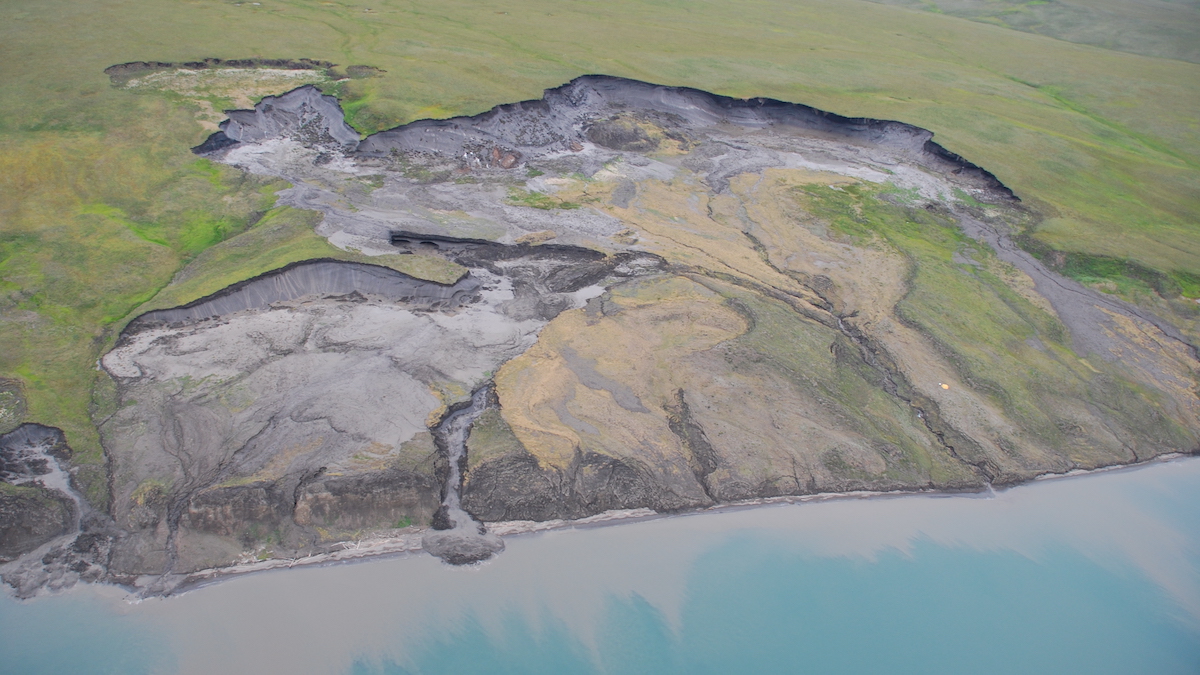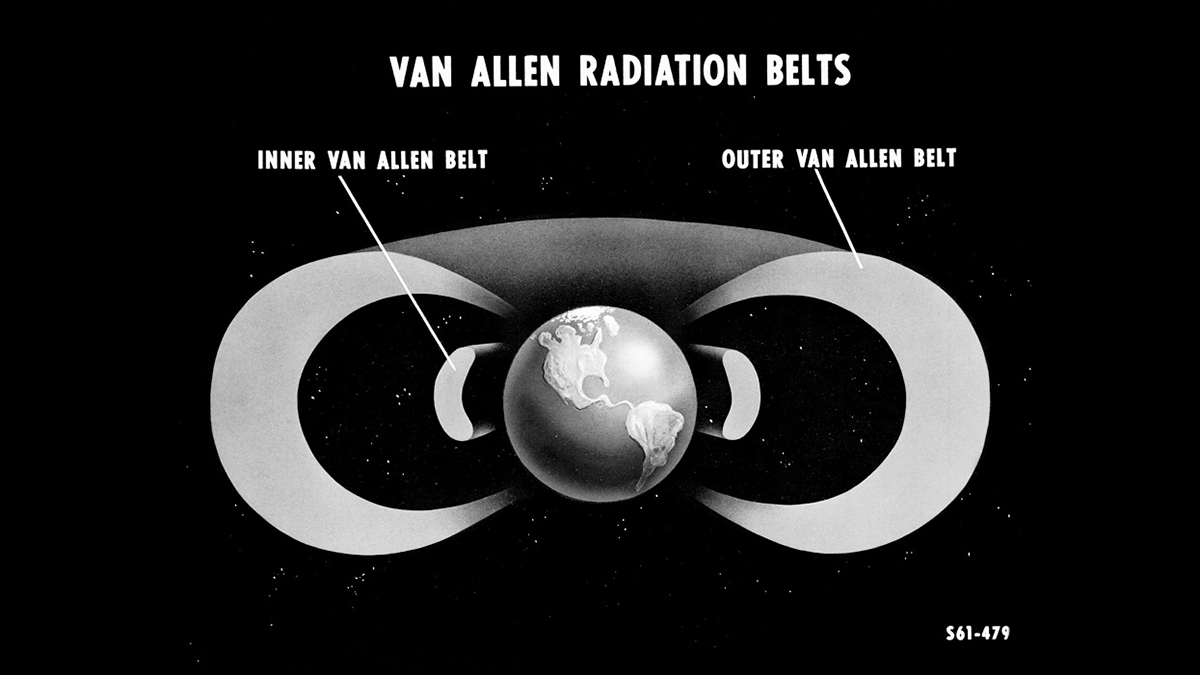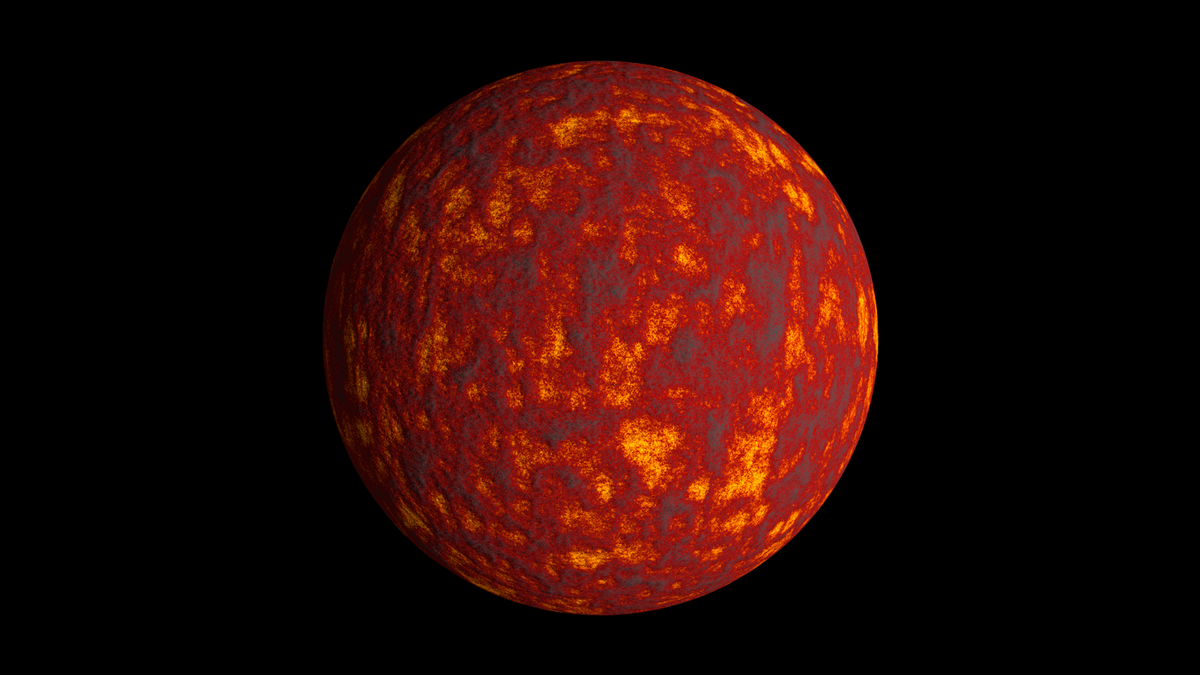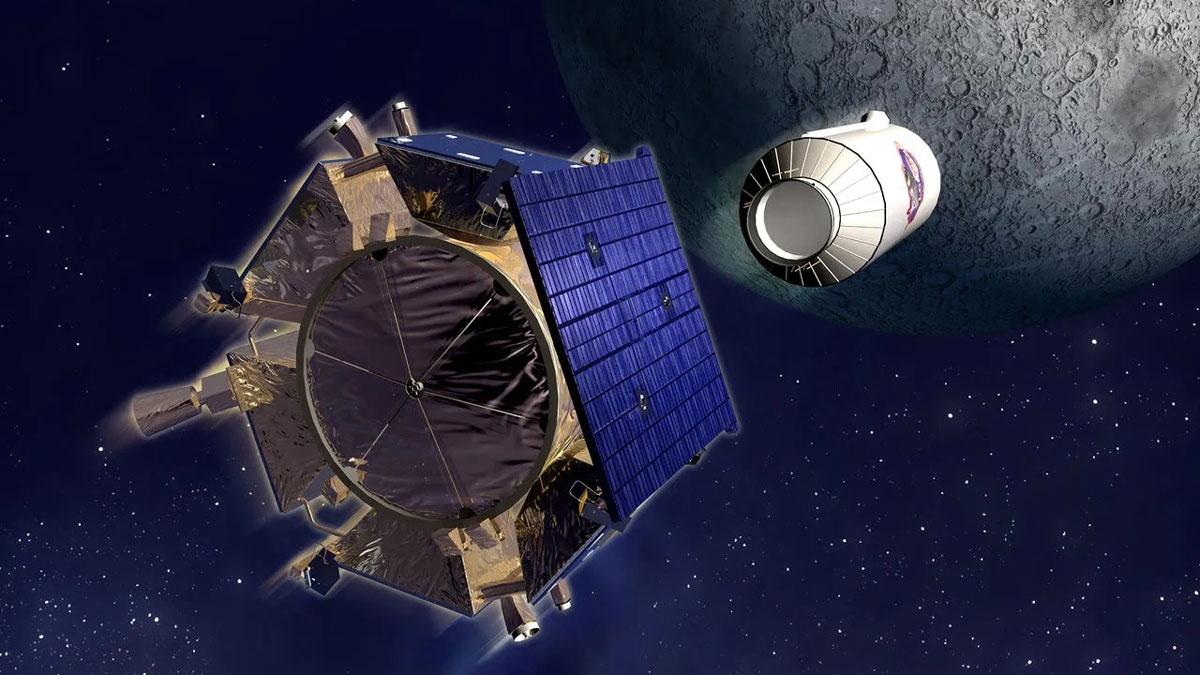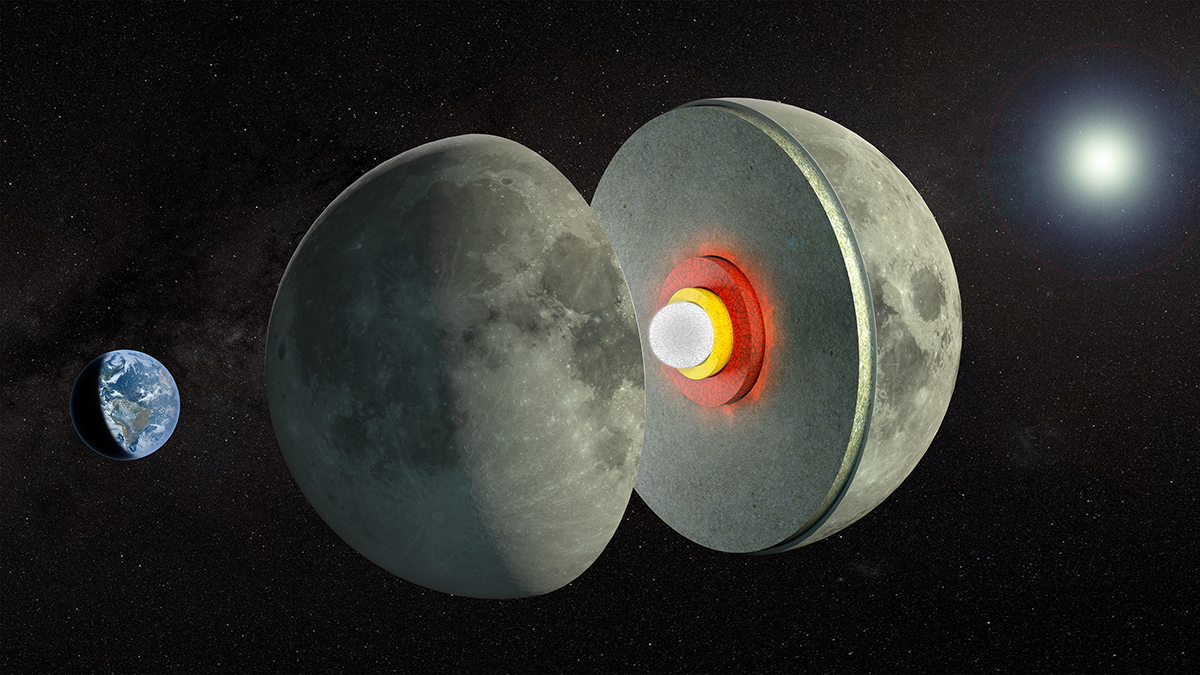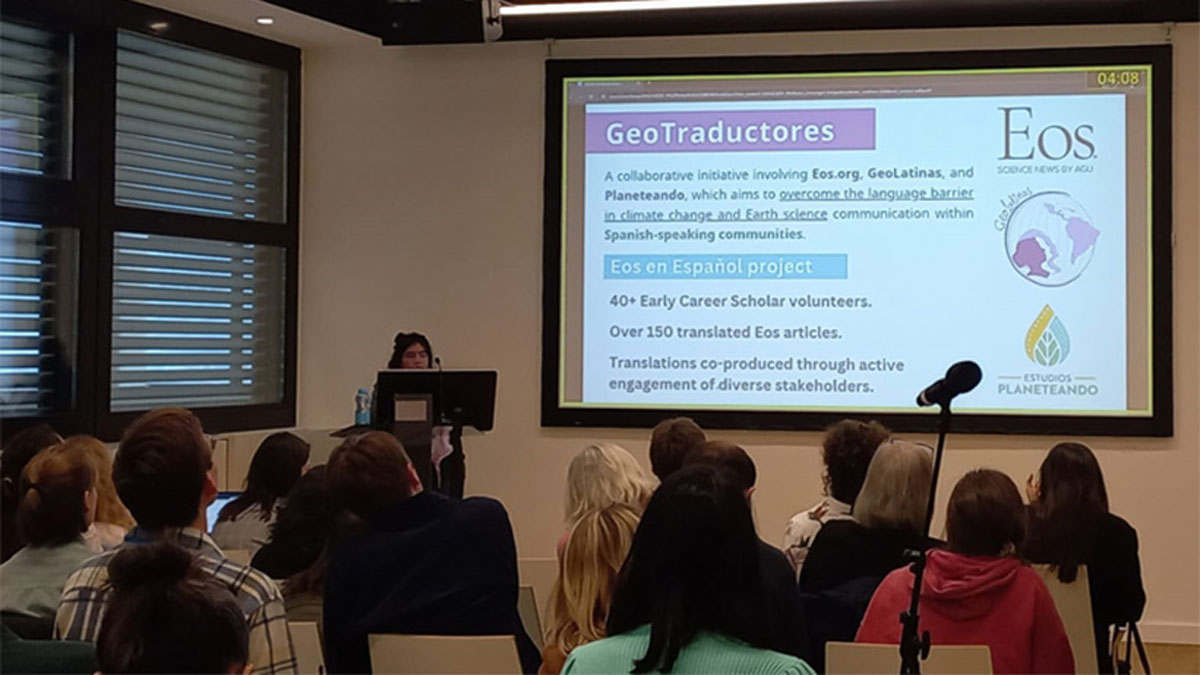Climate change is altering permafrost thaw cycles and leading to unique Arctic erosional problems.
Research Spotlights
Research spotlights are plain-language summaries of recent articles published in AGU’s suite of 24 journals.
California Wildfires and Weather Are Changing Erosion Patterns
Sediment runoff from the state’s increasingly severe wildfires and heavy rain events may affect ecosystems and water resources downstream.
Audible Storm Waves Could Turbocharge Earth’s Radiation Belts
Electromagnetic chorus waves could generate more extreme radiation levels than previously thought, posing severe hazards for Earth-orbiting spacecraft.
Each Glacier Has a Unique Organic Matter Composition
Like snowflakes, no two glaciers are alike: Carbon-containing compounds released from glaciers vary from place to place, meaning climate and ecosystem effects of melting could vary as well.
Machine Learning Could Improve Extreme Weather Warnings
A deep learning technique could reduce the error in 10-day weather forecasts by more than 90%, allowing communities to better prepare for extreme events such as heat waves.
How Did Magma Oceans Evolve on Early Earth and Mars?
New insights into the early timelines of rocky planets are emerging, thanks to clues from iron chemistry and primordial atmospheres.
New Details About a Very Old Eruption and Flood
One of the most dramatic volcanic eruptions in history occurred more than 1,000 years ago. Scientists are still piecing together the aftermath.
Fifteen Years Later, Scientists Locate a Lunar Impact Site
The impact crater from NASA’s LCROSS mission lies hidden in an eternally dark region of the Moon.
The Moon’s Tides Hint at a Melty Lunar Layer
New lunar gravity measurements support the idea that a partially molten mantle layer is sandwiched between the rest of the Moon’s mantle and its core.
GeoTraductores Democratizan la Ciencia, Una Traducción a la Vez
Una colaboración para traducir los artículos de Eos al español está generando aumentos significativos en la involucración de las comunidades latinoamericanas y otros que hablan español.

